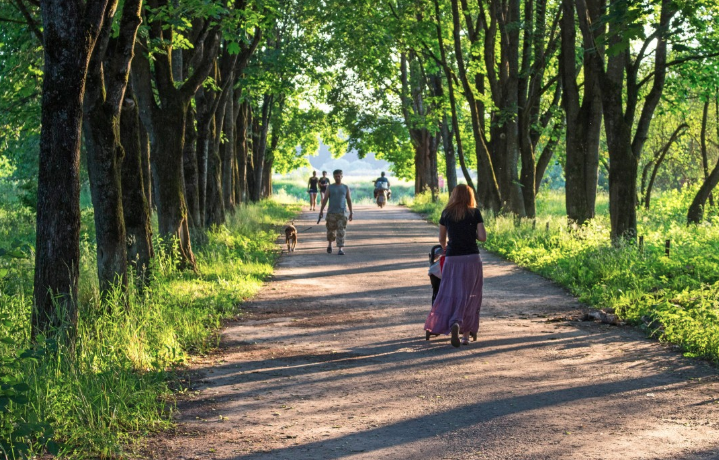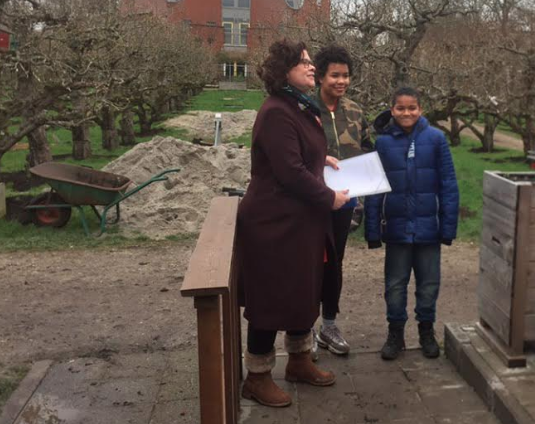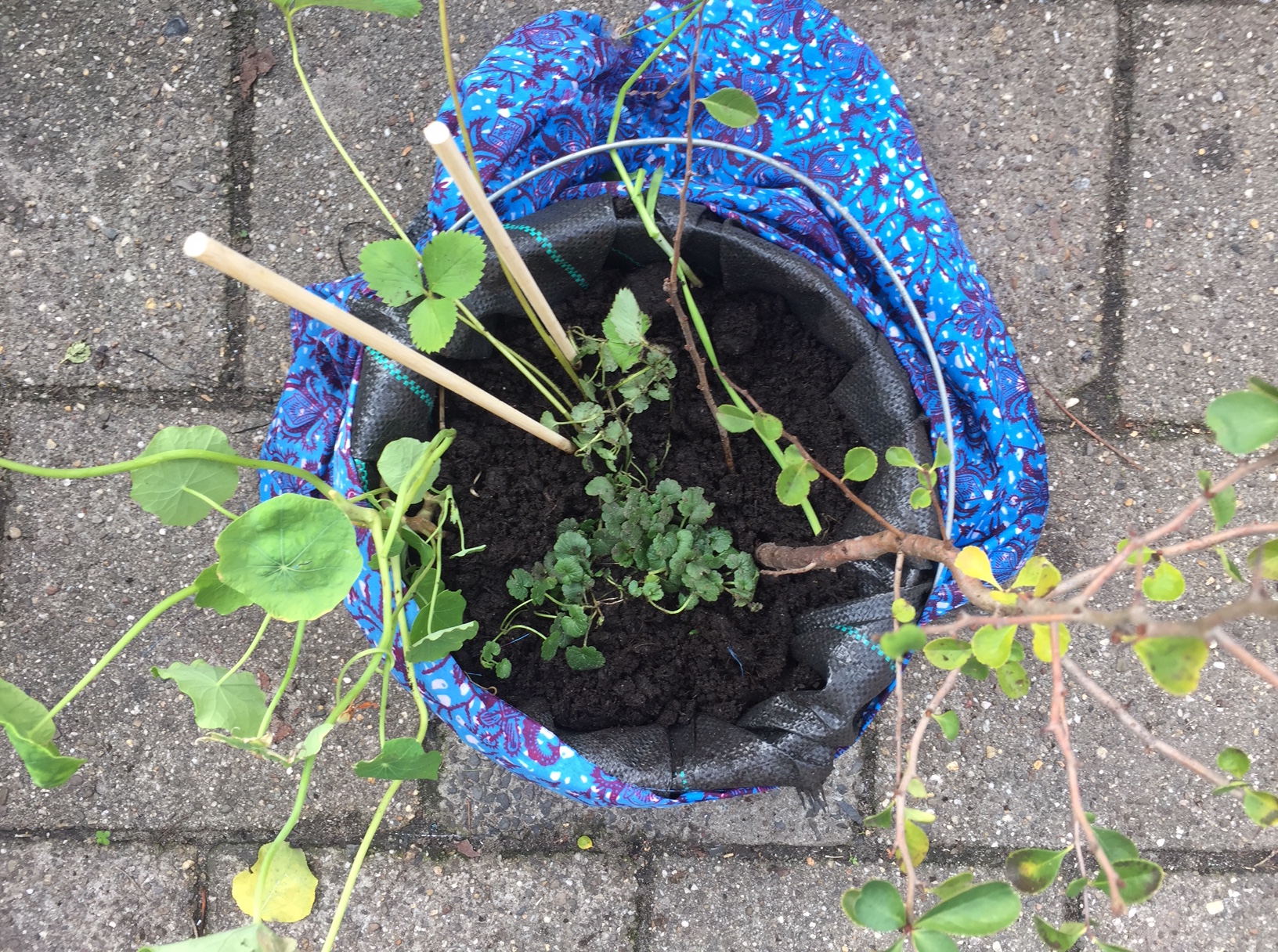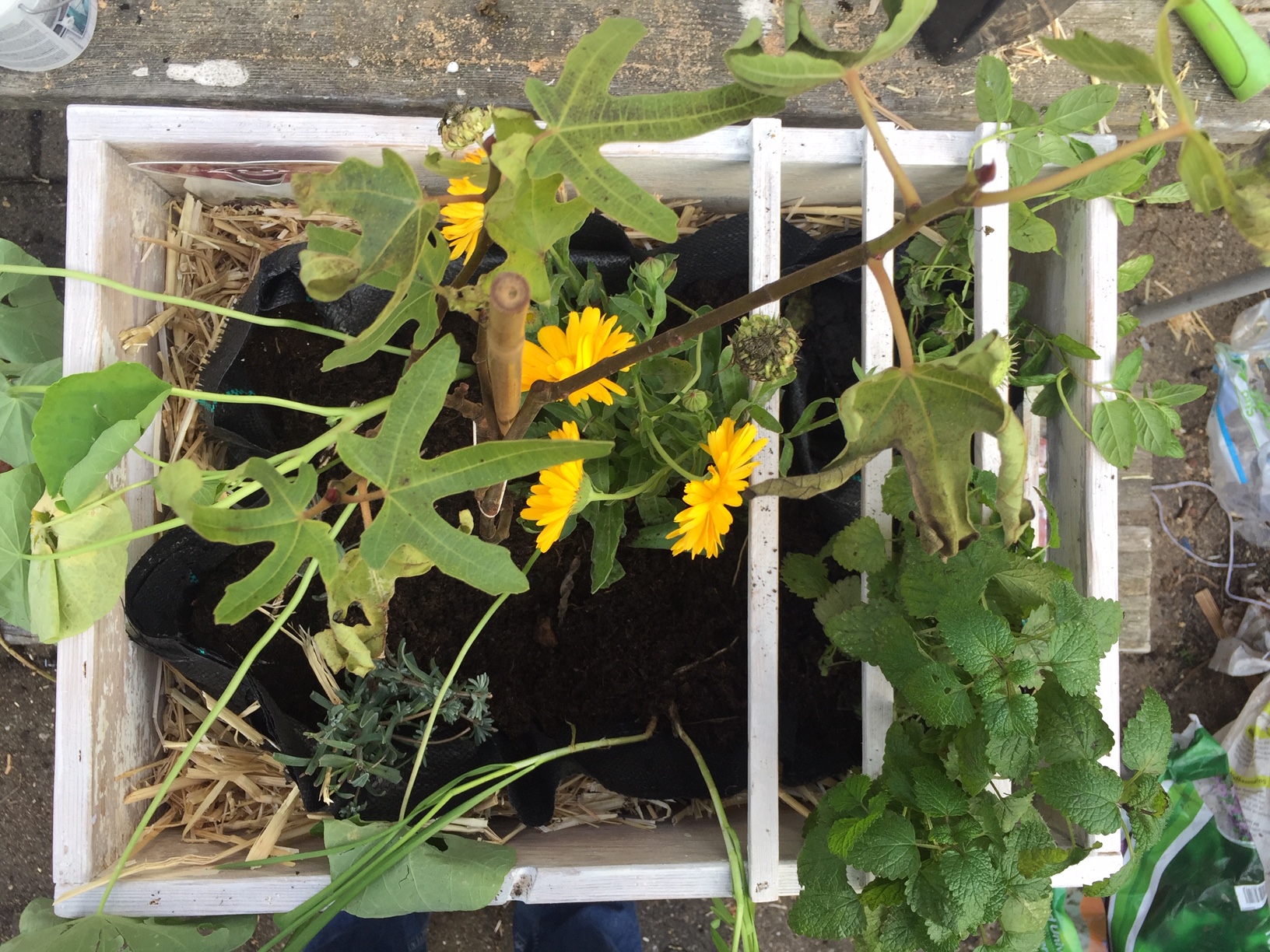Om vast een beeld te krijgen van de dingen die de buurtbewoners in het voedselbos hopen te vinden, en wat ze daarvoor willen doen, hebben we studenten van de Haagse Hogeschool gevraagd een survey te houden. Ze doen dat online, en zijn op donderdagen vaak in Meerzicht en Leidschenveen te vinden. U doet ons, en hen, een groot plezier de survey in te vullen, en hen te wijzen op plekken waar ze meer respondenten kunnen vinden. De informatie die ze verzamelen helpt ons vast te stellen welke aspecten van het voedselbuurtbos het belangrijkst zijn. Daarnaast geeft het ook partners als de gemeente inzicht in de betrokkenheid van de buurtbewoners – een basisvoorwaarde om te straks kunnen starten!
In onderstaande tekst, stellen de studenten zichzelf voor. Heeft u twijfel of degene die u aanspreekt wel echt een van hen is? Neem dan contact met ons op, alle studenten hebben ons directe nummer bij zich.
Hoi!
Wij komen ons even voorstellen. Wij zijn Cheyenne, Daphne, Thamar, Anouk, Annemay en Corrieke; derdejaars studenten Voeding en Diëtetiek van de Haagse Hogeschool. Deze maand mei zullen we ons bezig houden met het toekomstige voedselbuurtbos in de Treemanspolder. Er zal een onderzoek uitgevoerd worden naar de interesse en behoeften van de omwonenden die het buurtbos kunnen gaan gebruiken. Deze informatie zal verzameld worden door middel van enquêtes.
Wat vindt u van het idee van een voedselbuurtbos? Wij willen graag uw mening horen door middel van deze enquête! Alvast bedankt!
[googleapps domain=”docs” dir=”forms/d/e/1FAIpQLSejtNJ13Hs5WK4kKPY45DZ-k_cYSI0aWulaSyIuEZ1Dp9bgzg/viewform” query=”embedded=true” width=”700″ height=”520″ /]







